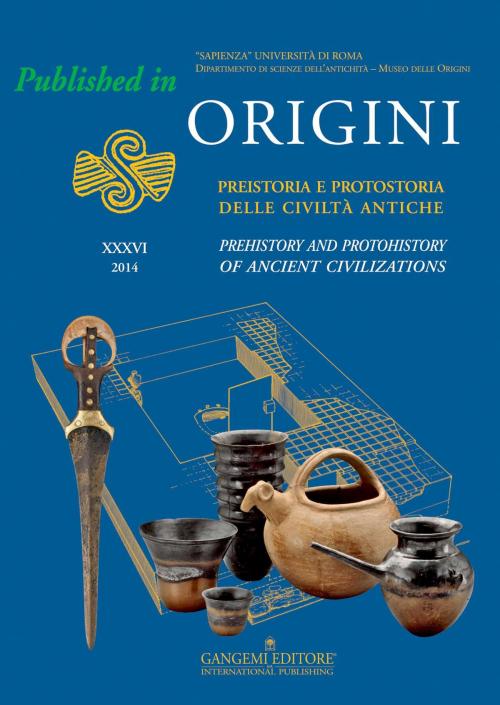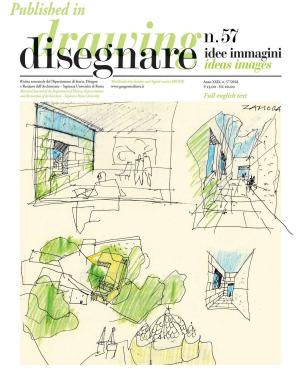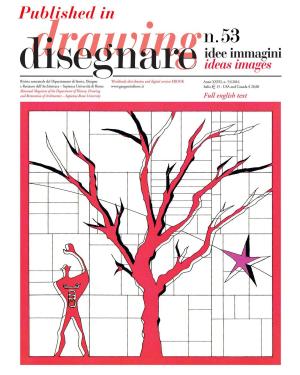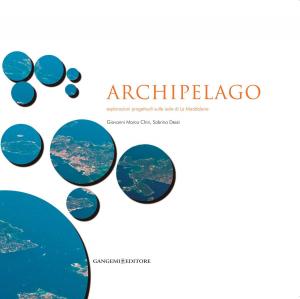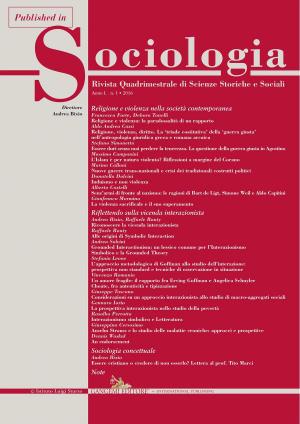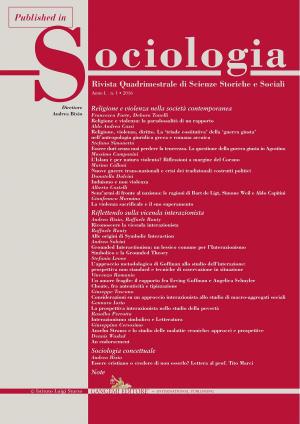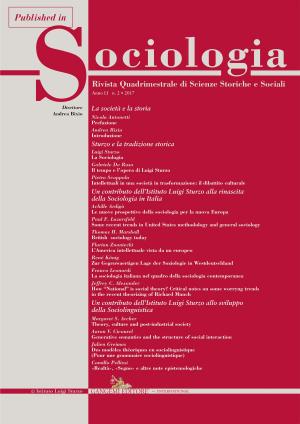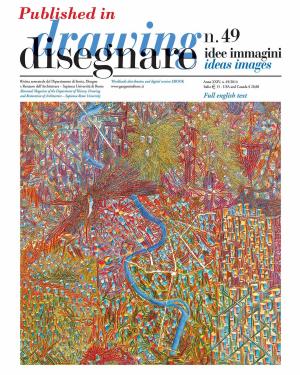Pastoral states: toward a comparative archaeology of early Kush
Published in Origini n. XXXVI/2014. Rivista annuale del Dipartimento di Scienze dell’Antichità – “Sapienza” Università di Roma | Preistoria e protostoria delle civiltà antiche – Prehistory and protohistory of ancient civilizations
Nonfiction, Social & Cultural Studies, Social Science, Archaeology, Anthropology| Author: | Geoff Emberling | ISBN: | 9788849294439 |
| Publisher: | Gangemi Editore | Publication: | March 7, 2017 |
| Imprint: | Gangemi Editore | Language: | English |
| Author: | Geoff Emberling |
| ISBN: | 9788849294439 |
| Publisher: | Gangemi Editore |
| Publication: | March 7, 2017 |
| Imprint: | Gangemi Editore |
| Language: | English |
Ancient Kush was one of the earliest complex societies in Africa, yet it is not normally considered in comparative archaeologies of states and empires. This paper makes the case for considering Kush as a culturally distinctive trajectory to political authority, social inequality, and economic complexity. It also considers reasons for its omission from comparative studies, which include a past focus on primary states, a lack of fit with existing archaeological classifications of ancient societies, the overshadowing effect of ancient Egypt to the north, and lingering institutional prejudice. Recent research on early Kush – the Kerma period in archaeological terms – has recovered increasingly detailed evidence from its major urban center at Kerma, but has also begun to gather regional data on the expansion and internal structure of early Kush. Among its many distinctive features, the most significant for understanding the unusual features of its trajectory may be the role of cattle herding and likely associated mobility of population.
Ancient Kush was one of the earliest complex societies in Africa, yet it is not normally considered in comparative archaeologies of states and empires. This paper makes the case for considering Kush as a culturally distinctive trajectory to political authority, social inequality, and economic complexity. It also considers reasons for its omission from comparative studies, which include a past focus on primary states, a lack of fit with existing archaeological classifications of ancient societies, the overshadowing effect of ancient Egypt to the north, and lingering institutional prejudice. Recent research on early Kush – the Kerma period in archaeological terms – has recovered increasingly detailed evidence from its major urban center at Kerma, but has also begun to gather regional data on the expansion and internal structure of early Kush. Among its many distinctive features, the most significant for understanding the unusual features of its trajectory may be the role of cattle herding and likely associated mobility of population.
